NISSAN ALTIMA SV 2018 Owners Manual
Page 271 of 467
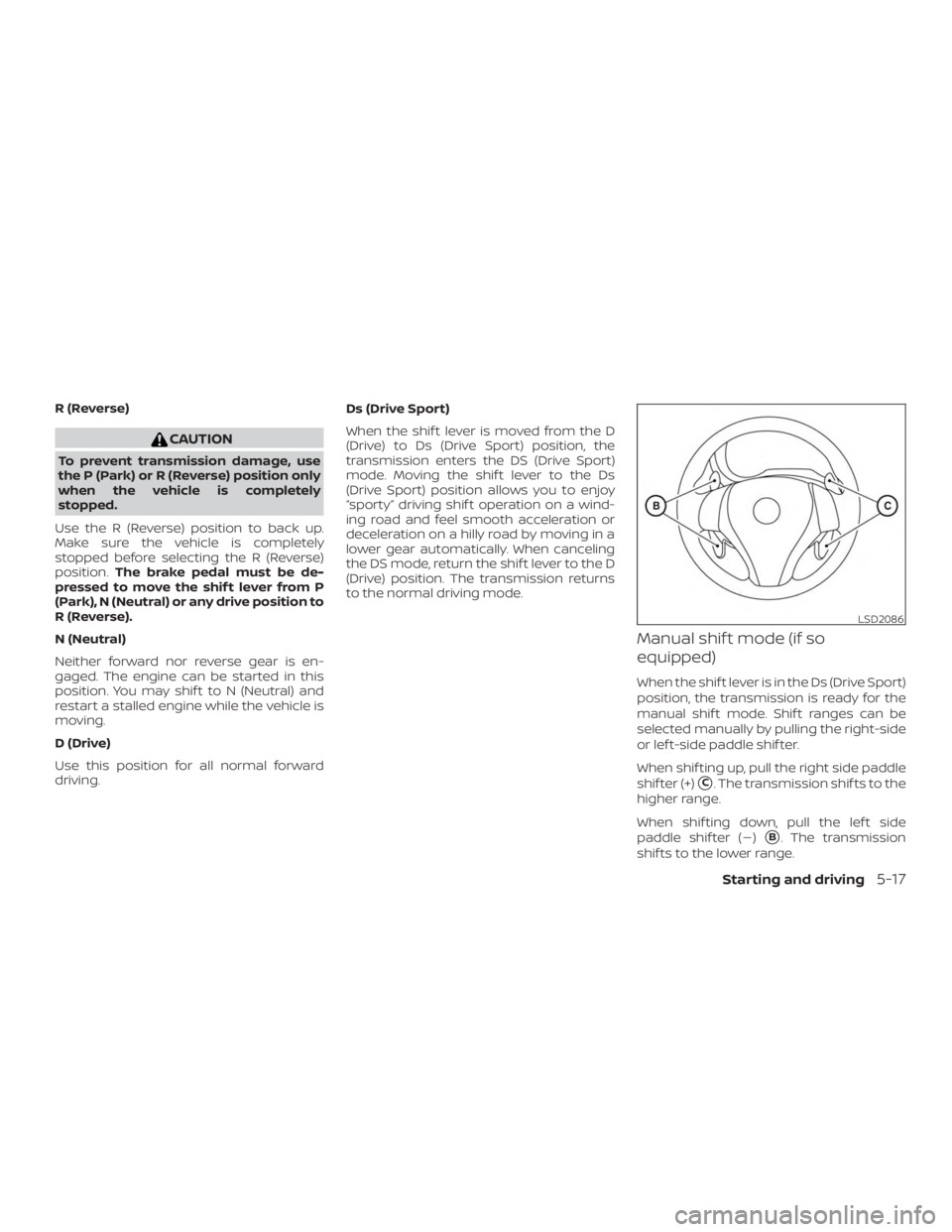
Page 272 of 467

Page 273 of 467
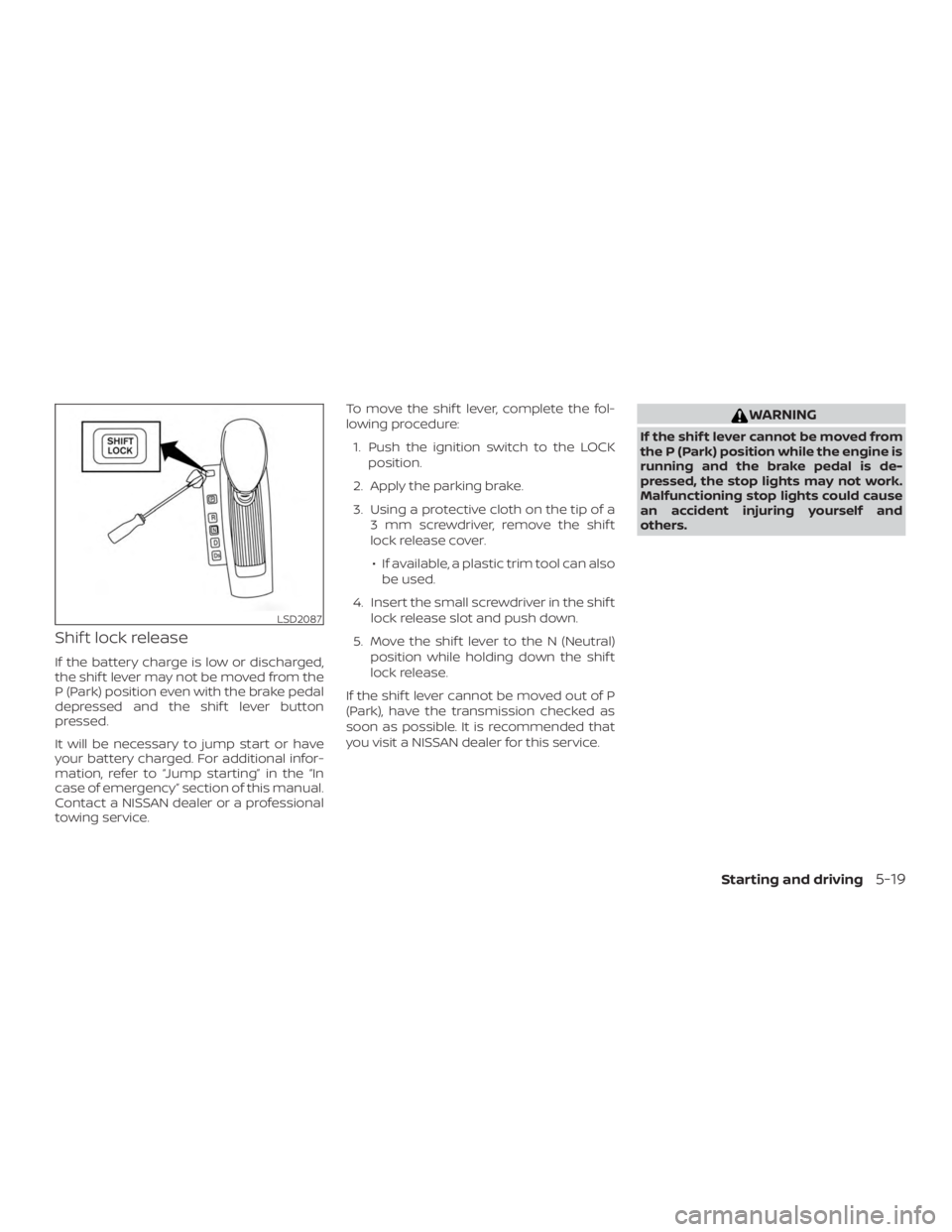
Page 274 of 467
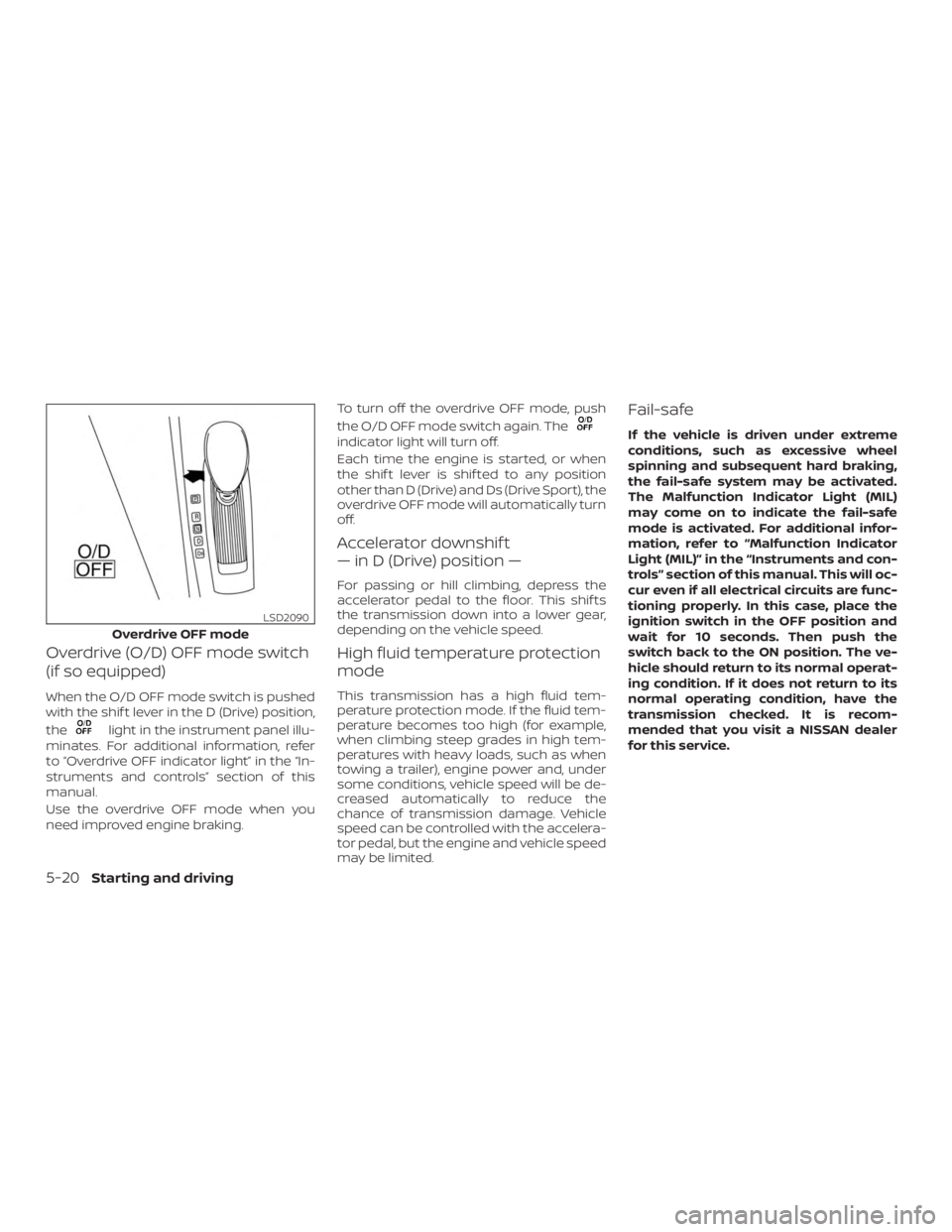
Page 275 of 467
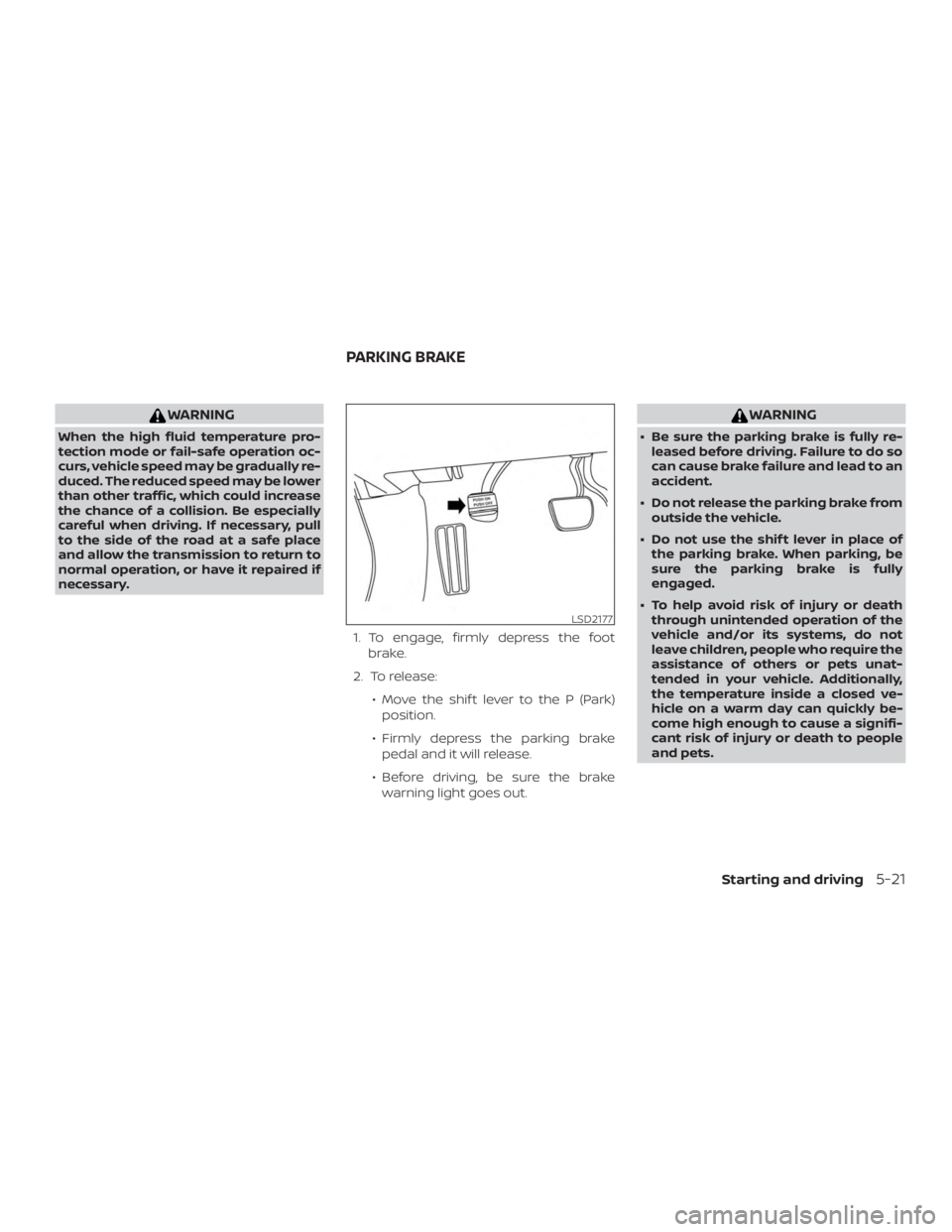
Page 276 of 467
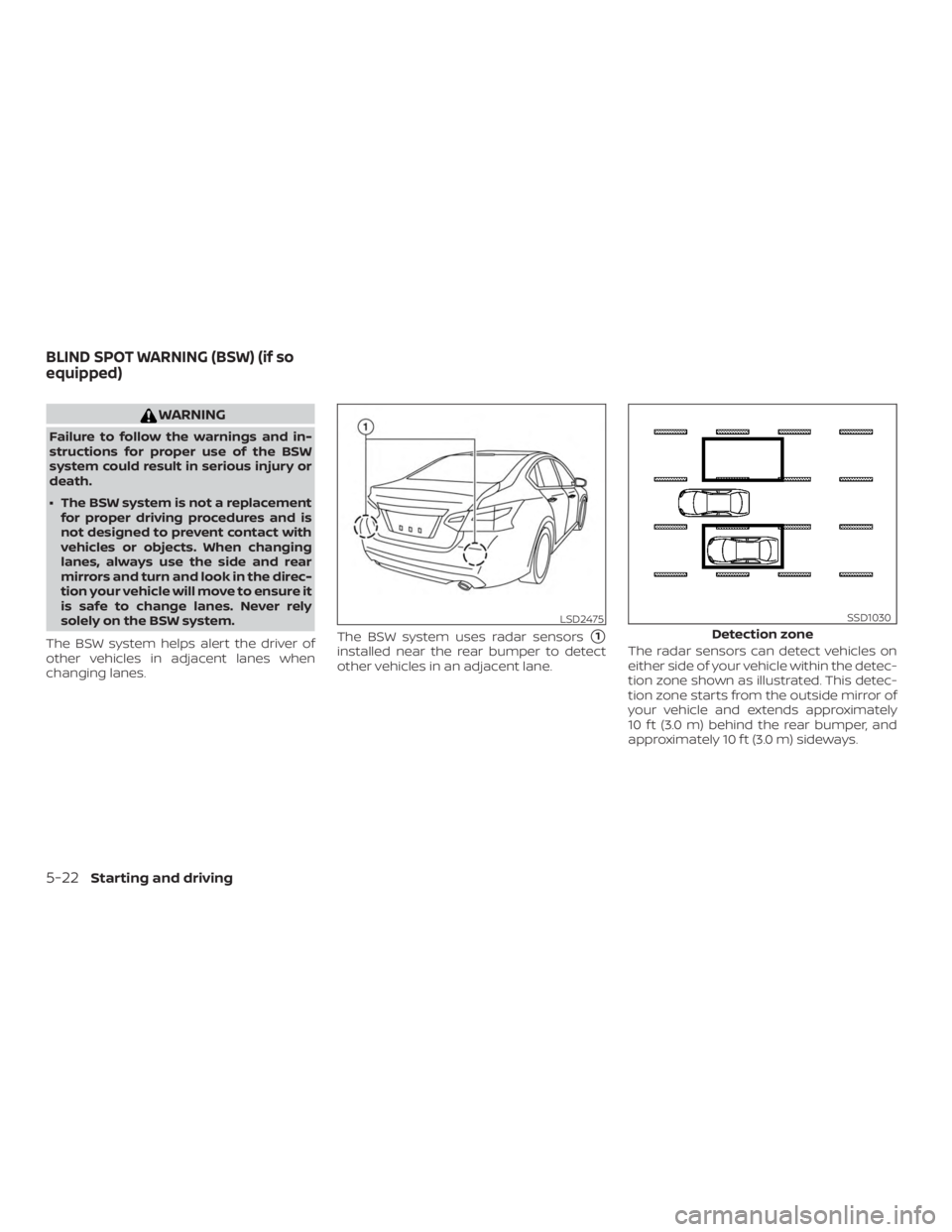
Page 277 of 467
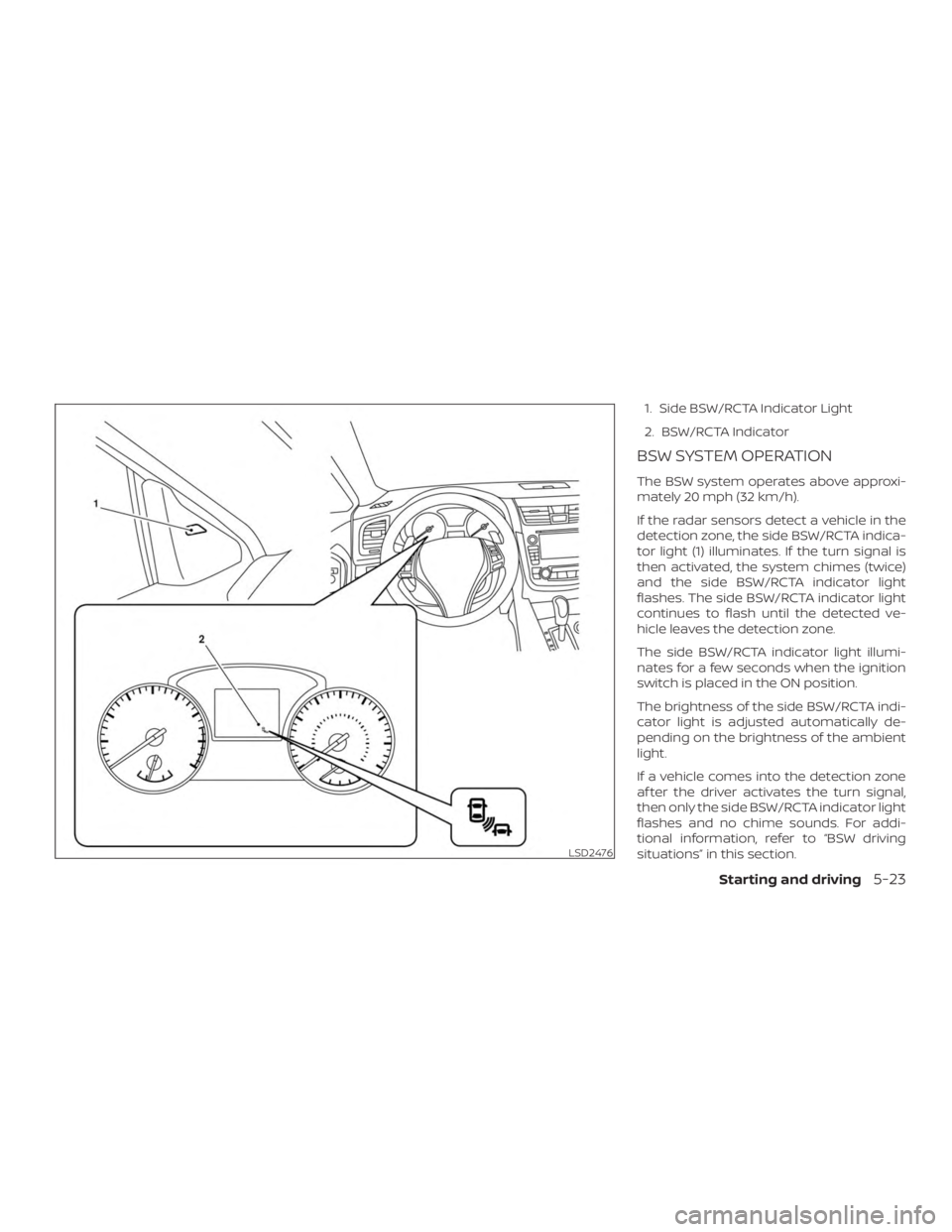
Page 278 of 467
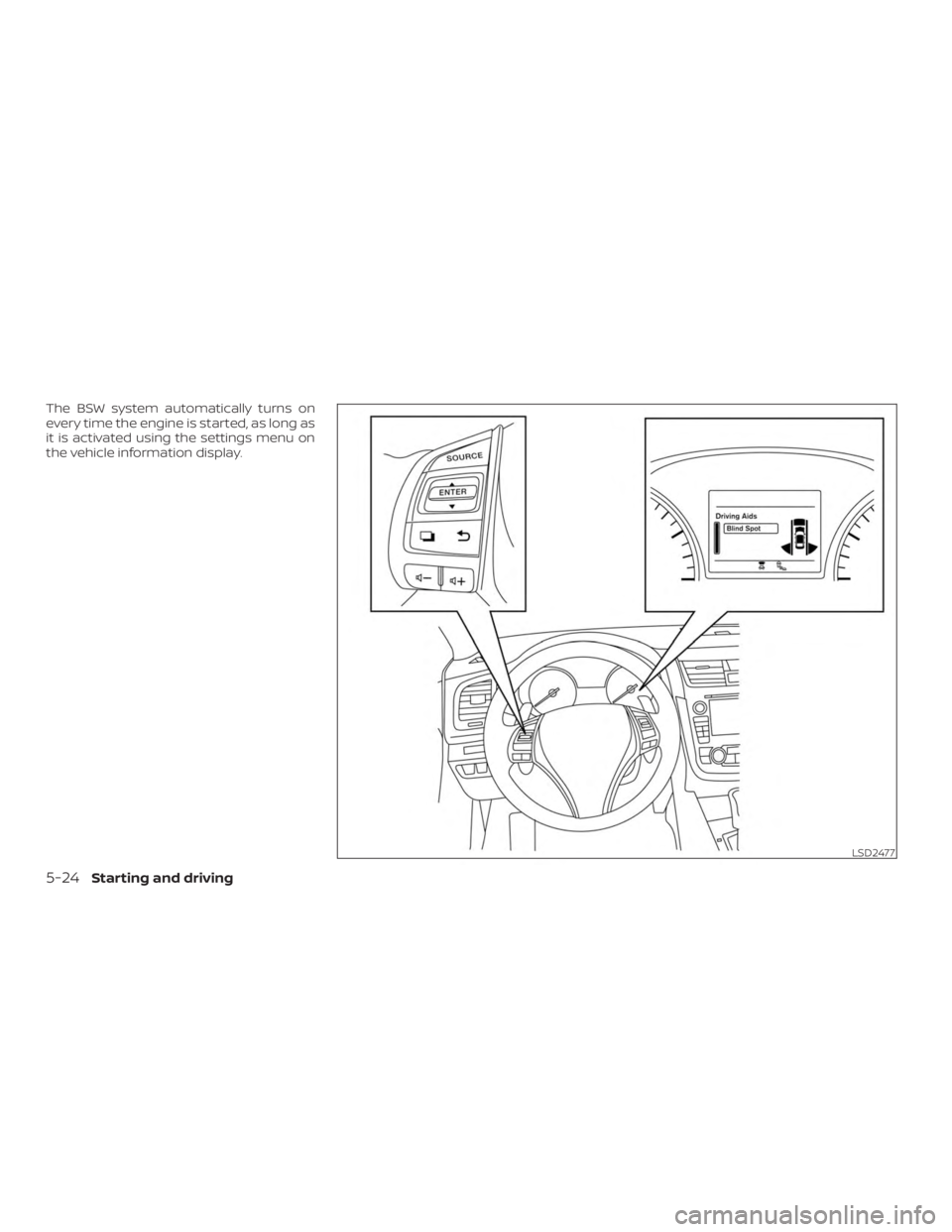
Page 279 of 467
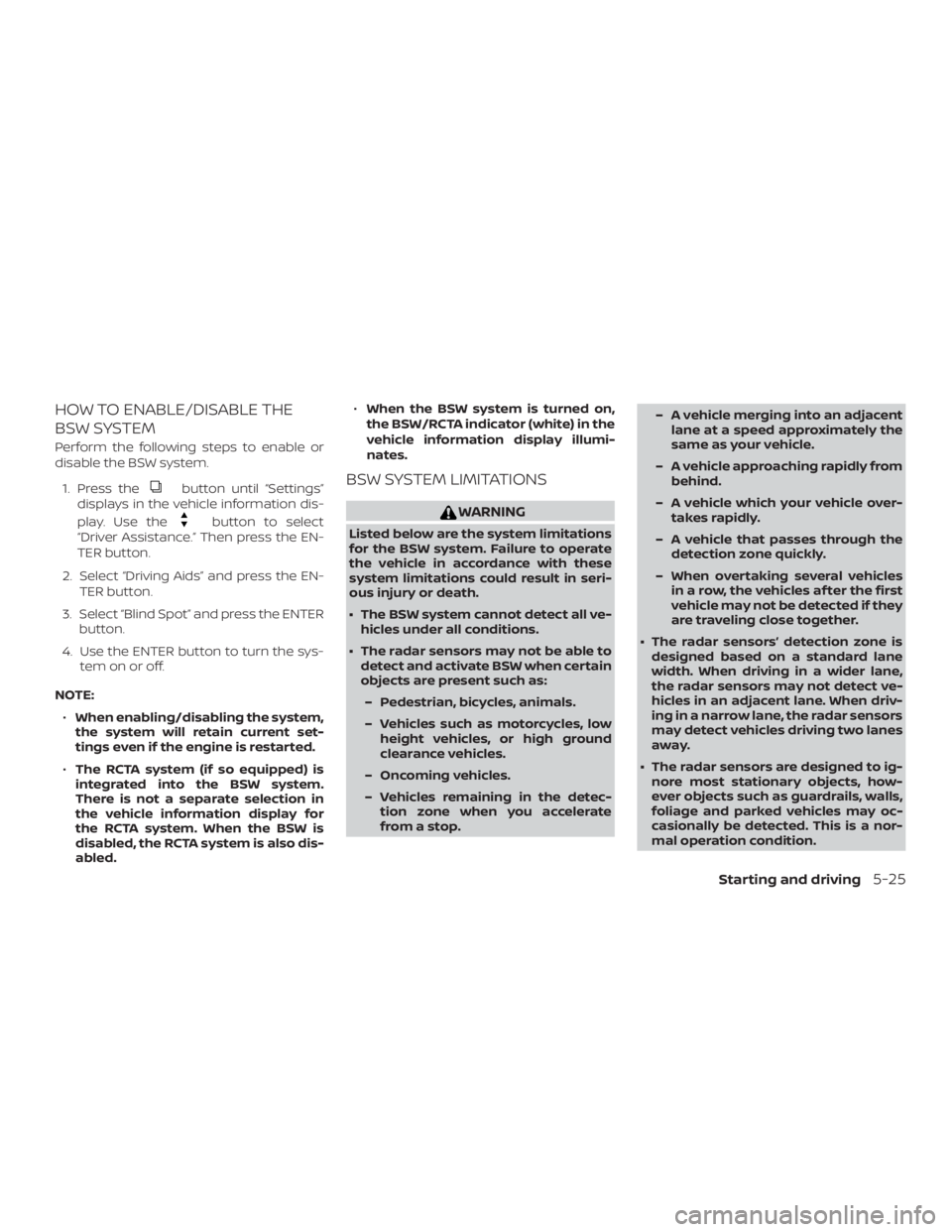
Page 280 of 467
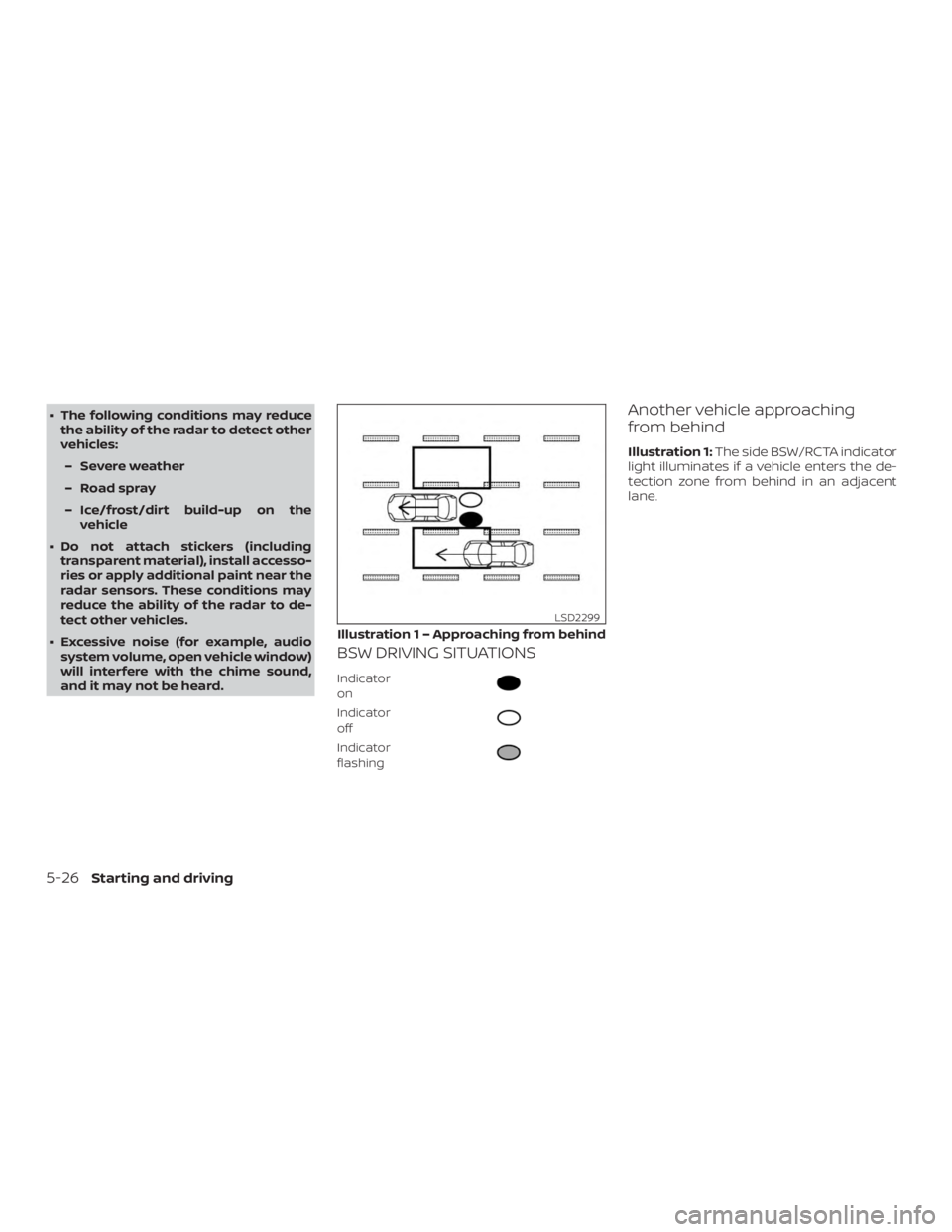
Page:
< prev 1-10 ... 231-240 241-250 251-260 261-270 271-280 281-290 291-300 301-310 311-320 ... 470 next >
Trending: technical specifications, heating, run flat, tires, heater, brake fluid, seats